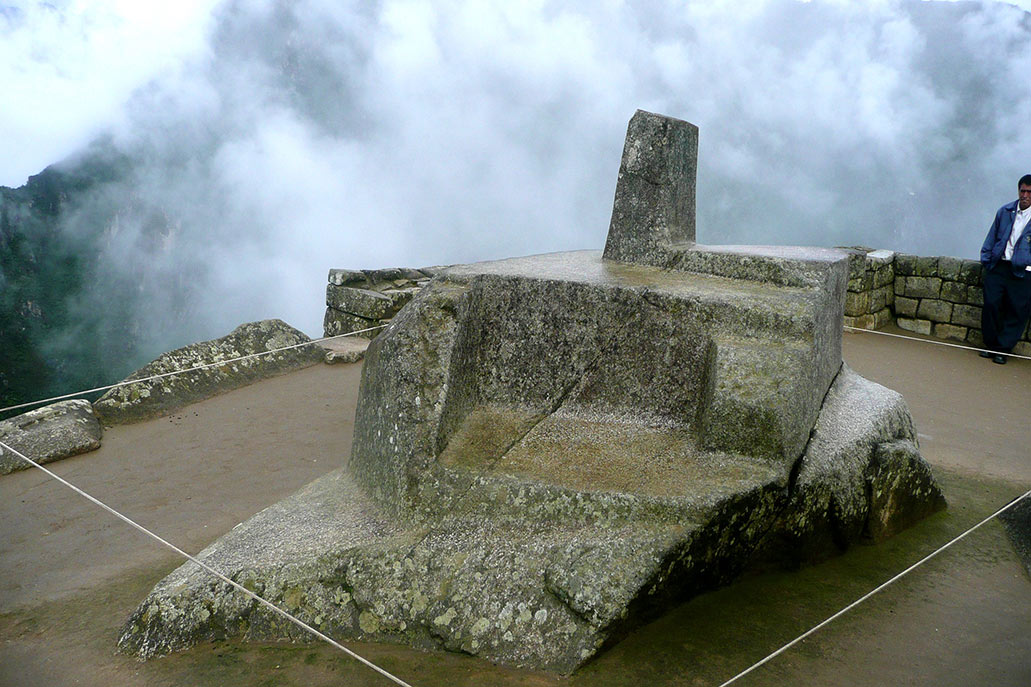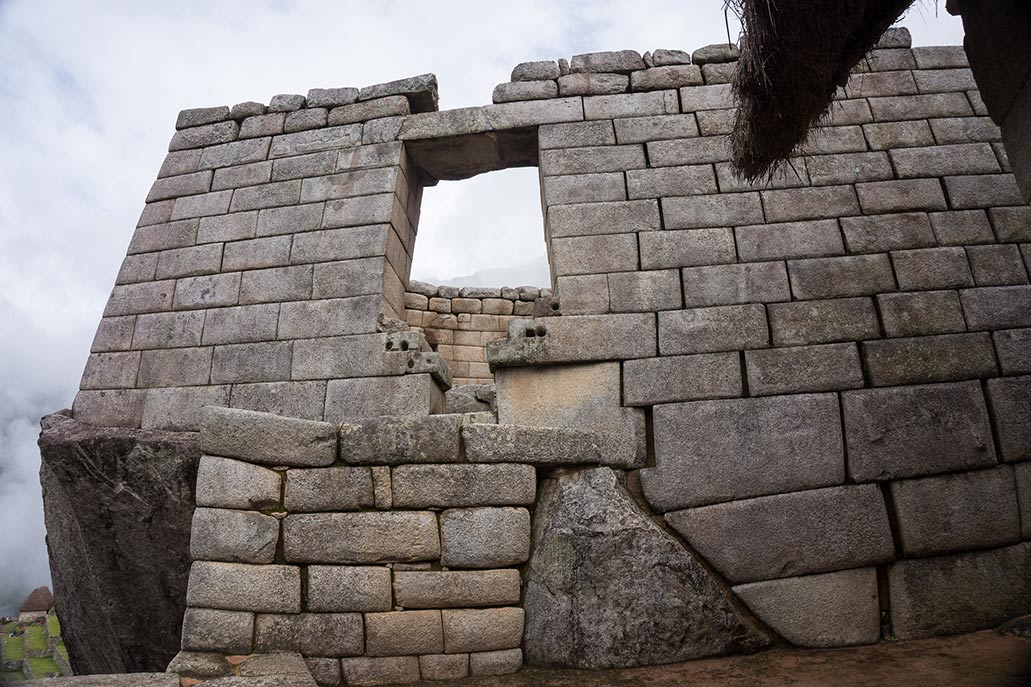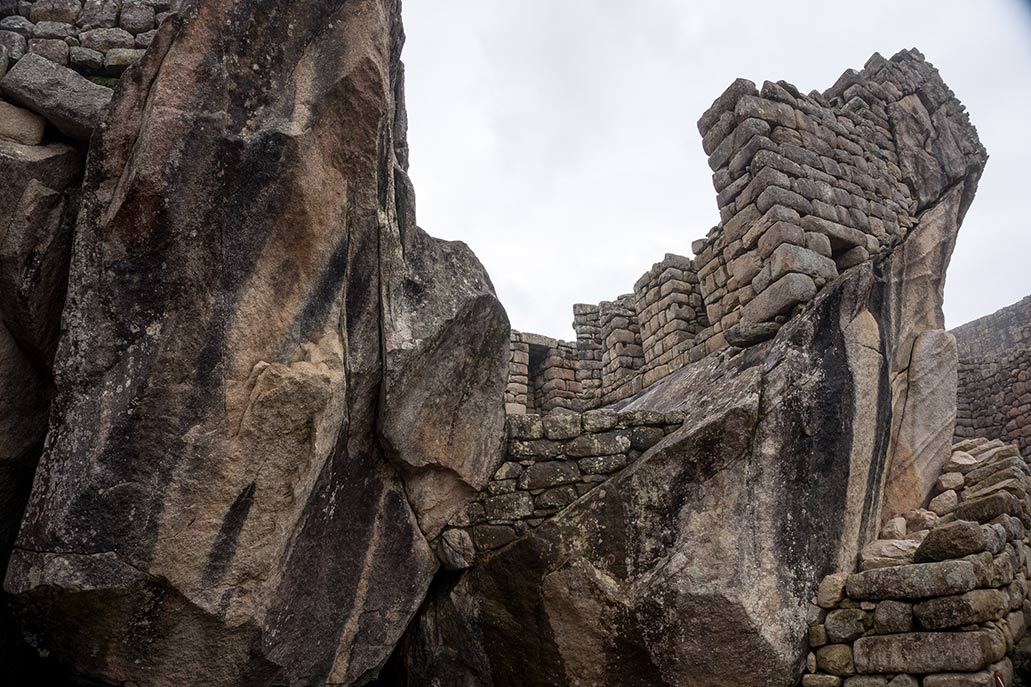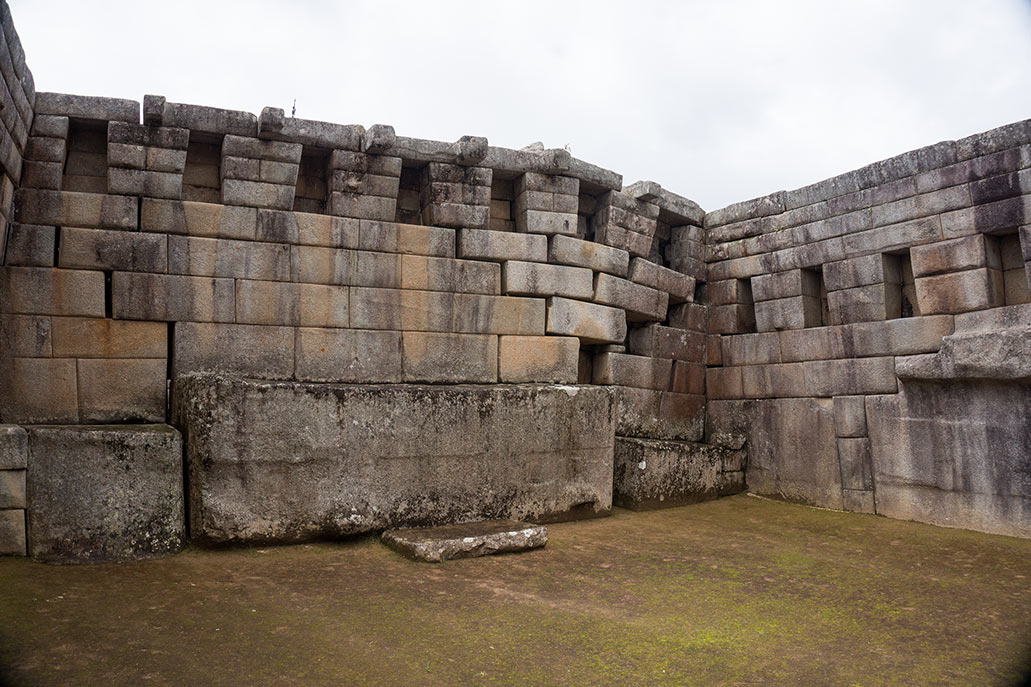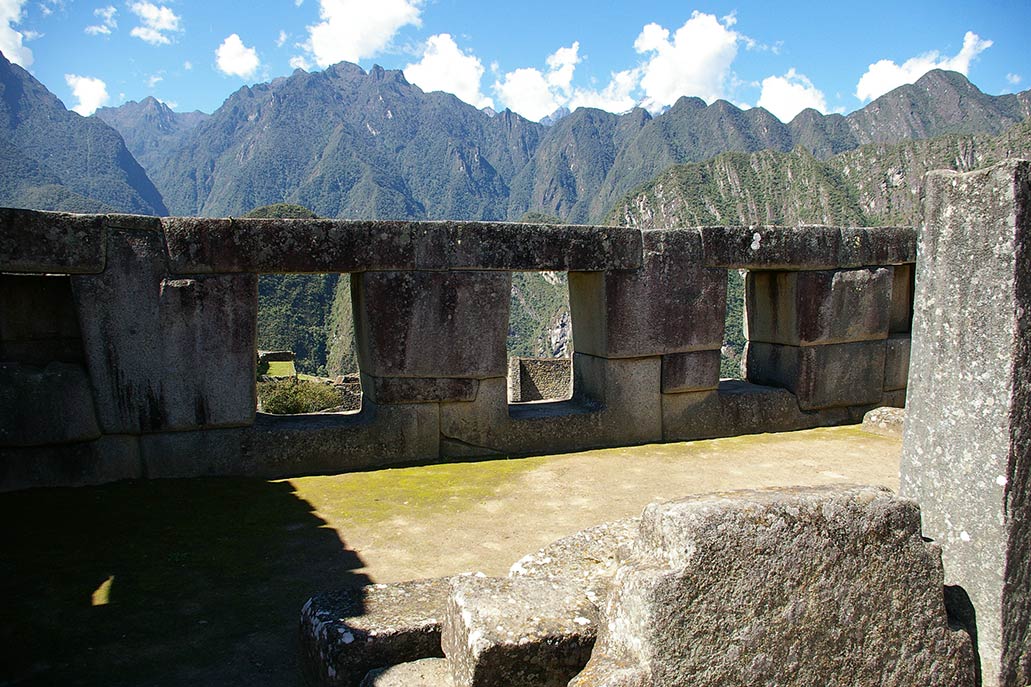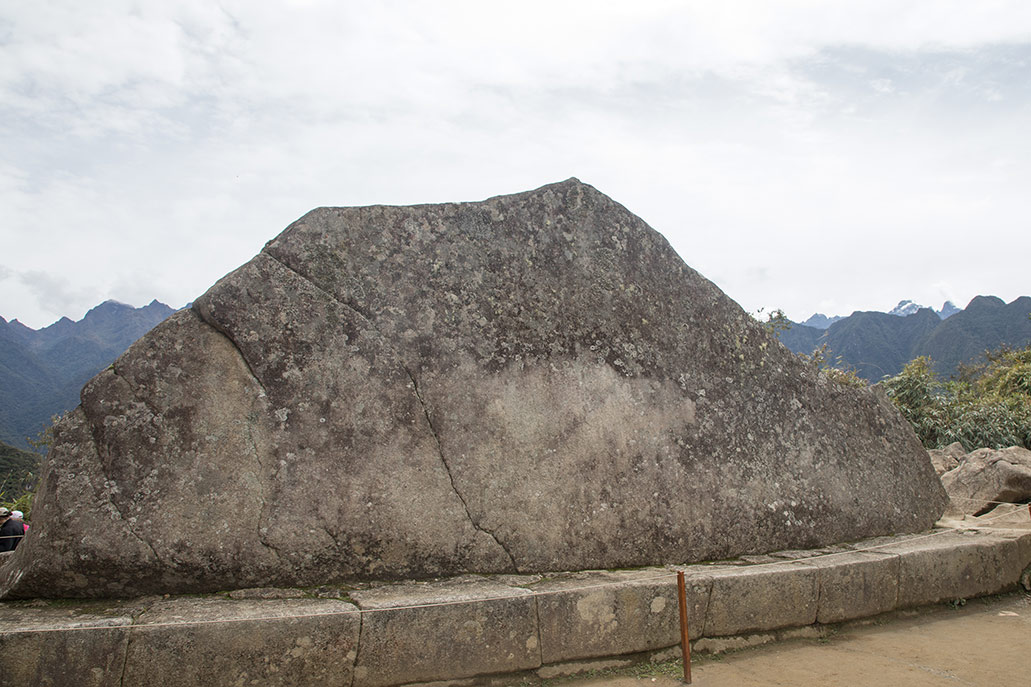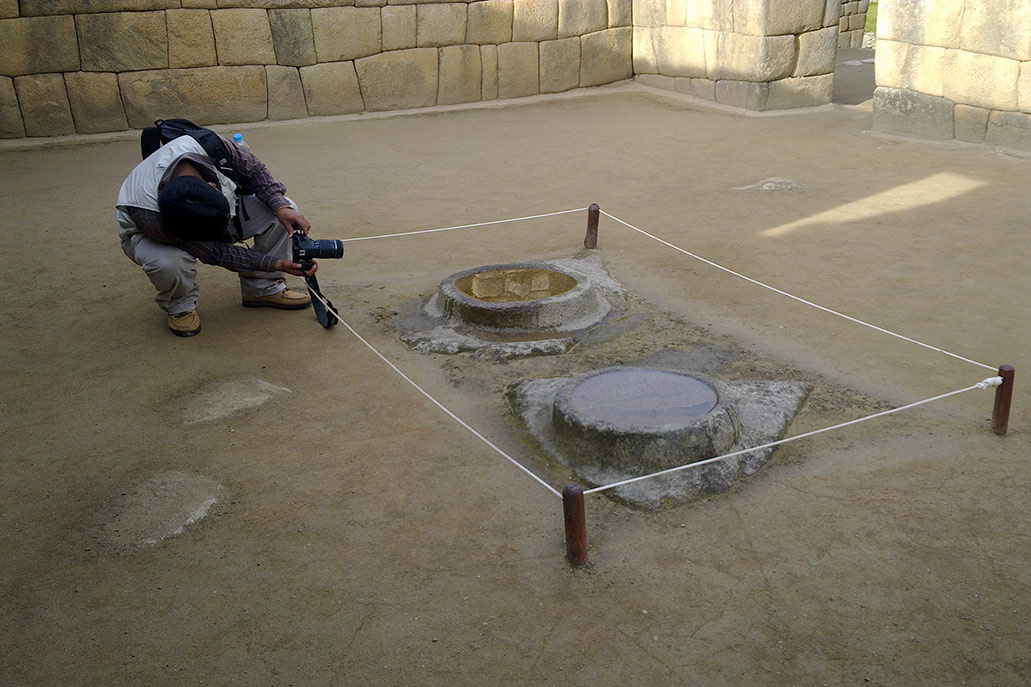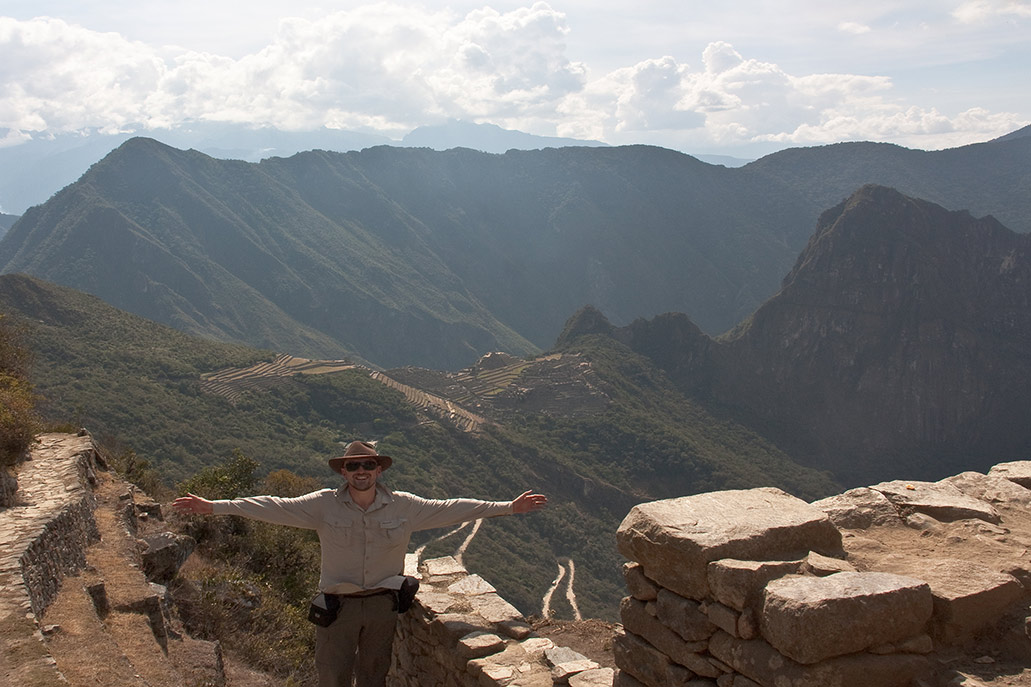8 most famous constructions in Machu Picchu
Machu Picchu is an Inca citadel built by orders of Emperor Pachacutec in 1450 AD. approximately. The objective of its construction in such an impressive environment was to serve as a vital administrative center for the empire’s domains with the antisuyo or regions of the Amazon jungle. In addition, it functioned as a religious center where temples and stone buildings were built that today are famous among visitors. The most important constructions are: the Temple of the Sun, the Intihuatana, the Temple of the Condor, the Main Temple and more. Know the importance of each of these enclosures!
Content
What is the Guardian House of Machu Picchu and why is it famous? – The Guardian House is one of the most popular buildings in Machu Picchu. The reason? From there you can get panoramic photos of the Inca citadel, with the Huayna Picchu mountain in the background and which are very popular on social networks. This rustic building is made of simple stone, with a double-drop roof but with a preferential view of the entire archaeological site. Precisely its function was as a surveillance point for the citadel. From there it was possible to have correct control of the people leaving and entering the Inca compound. Today, from this place, or in its surroundings, you can get the classic postcard photo that everyone wants to get during their visit. To get there from the entrance door, just climb some stone stairs for between 15 to 30 minutes until you reach the viewpoint. The visit to this building is done with circuits 1 or 2. That is, with tickets a) Machupicchu Solo or b) Machupicchu with Inca Bridge.
The temple of the sun
The Temple of the Sun was the main center of worship of the sun, the main deity in the Inca era. It is the only circular construction, which is made with perfectly carved stone, just a few steps from the Casa del Inca. It also has niches and windows. The first were used to place elements of gold, silver and precious stones in honor of the Inti (sun). The latter allowed the sun’s rays to pass through on special dates according to Inca astronomers.
The Temple of the Sun bears traces of having suffered a fire in the 16th century. It is believed that the Spanish caused this fire during their invasion of Machu Picchu. Entry to the interior of this temple is prohibited, visitors can see it from a distance in one of the permitted circuits: circuit 1, 2, 3 or 4. The first two allow you to appreciate it from the top while the last two from the bottom.
- Where is it? In the religious sector of Machu Picchu, next to the Casa del Inca. From the entrance door you must walk approximately 40 minutes (circuits 1 or 2).
- How to visit it? With any of the entrances to Machu Picchu (circuits 1, 2, 3 or 4).
The Intihuatana
The Intihuatana is one of the buildings with the most history and popularity in Machu Picchu. Its name comes from Quechua words that mean ‘where the sun is tied or moored’. Its function was as a calendar or astronomical clock where the Incas predicted the time of sowing and harvesting. It was also a temple of worship to the sun god (Inti). It is in the highest part of the religious sector, where the sun’s rays fall precisely during the day.
The Intihuatana has a large polygonal shape and is carved on a natural rock. It has three levels, pyramidal type with an upper structure similar to a bank. It is made of granite on a rectangular base. In the year 2000, during the production of an audiovisual advertisement, one of its structures was damaged. Today it is believed that by bringing the hands closer, the visitor is filled with the energies of the sun. Visiting hours are every day from 7 a.m. to 10 a.m.
- Where is it? In the religious sector of Machu Picchu, on the Main Plaza. From the entrance door you must walk approximately 1 hour (only with circuit 2).
- How to visit it? With the entrance to Machupicchu Solo or Machupicchu with Inca Bridge choosing circuit 2. Visiting hours are from 7 am to 10 am.
The temple of the Condor
The Temple of the Condor is one of the rock formations carved by the Incas that today is very popular among tourists who visit Machu Picchu. Its fame lies in being a three-dimensional structure because by visually uniting its parts, the silhouette of the Andean condor is highlighted, a bird considered sacred by the Incas because it was believed to communicate the celestial world (the hanan pacha) with the world of the living (the kai pacha).
The Temple of the Condor is located in the urban sector of Machu Picchu. The lower part was carved on a natural rock and represents the beak and head of the condor. The upper part, up to 4 meters in diameter, represents the wings. This is located in a cavern whose interior would have served as a prison. This construction can be visited every day from 10 in the morning until 1 in the afternoon.
- Where is it? In the urban sector of Machu Picchu, at the bottom of the Inca citadel. From the entrance door you must walk approximately 1 hour 30 minutes (with circuit 2).
- How to visit it? With the entrance to Machupicchu Solo, Machupicchu with Huayna Picchu, Machupicchu with Inca Bridge or Machupicchu with Huchuy Picchu. It is included in circuits 2 or 4.
The main temple
The Main Temple, as its name indicates, was the most important center where religious and administrative ceremonies were organized in Machu Picchu. It is in the heart of the religious sector, in the so-called Sacred Plaza. It has a ‘U’-shaped structure, with niches where precious objects were placed and a central platform where the offering was organized. It borders the Temple of the 3 Windows and, a few steps above, the Intihuatana.
The Main Temple of granite stone carved with great skill. However, due to the passage of time, some structures appear detached from their stone surroundings. Behind the temple there is an area called ‘the Priest’s House’. It was believed that this was the one who led the religious ceremonies. In the central part, a table-type structure made of stone stands out where the priest directed the rituals.
- Where is it? In the heart of the religious sector of Machu Picchu in the Main Plaza. From the entrance door you must walk approximately 50 minutes (circuit 1 or 2).
- How to visit it? With the entrance to Machupicchu Solo or Machupicchu with Inca Bridge. The permitted circuits are 1 or 2. Visiting hours are from 6 am to 5 pm.
The temple of the 3 windows
The Temple of the 3 Windows is one of the most amazing structures in Machu Picchu due to the quality of its carving and the dimensions of the stones carved by the Incas. It is in the Sacred Plaza, in the heart of the religious sector. It stands out for having three trapezoidal windows, which would represent the Inca worldview of three worlds: the celestial world (hanan pacha), the earthly world (kai pacha) and the underworld (ukhu pacha).
The Temple of the 3 Windows is ten meters long and eight meters wide. On both sides there are also two niches where offerings of gold, silver or precious stones were placed. During the arrival of the American explorer Hiram Bingham, an inscription was found there with the names of Cusco settlers who arrived there in 1902. Visiting hours are daily from 6 a.m. to 5 p.m.
- Where is it? In the heart of the religious sector of Machu Picchu in the Main Plaza. From the entrance door you must walk about 50 minutes on average (with circuits 1 or 2).
- How to visit it? With the entrance to Machupicchu Solo or Machupicchu with Inca Bridge. The permitted circuits are 1 or 2. Visiting hours are from 6 am to 5 pm.
The sacred rock
The Sacred Rock is one of the main monoliths in Machu Picchu. It is located in the northern sector of the Inca citadel, a few steps from the entrance gate to the Huayna Picchu mountain. As its name indicates, it is a huge rock carved by the Incas following the shape of a mountain. It has a base of three meters and a height of up to 7 meters. At its base there is a platform where various offerings were placed during the Inca ceremonies.
The Sacred Rock was an altar to the mountains, considered sacred beings that protected people during the Inca era and even before in the worldview of various Andean cultures. Today it is believed that by bringing your hands close to its granite structure, the visitor is filled with a mysterious energy. Some visitors even leave offerings of coca leaves on its base. The visit can be made every day from 6 in the morning until 5 in the afternoon.
- Where is it? In the northern sector of Machu Picchu, a few steps from the access gate to Huayna Picchu. From the entrance door you must walk about 60 minutes on average (with circuits 1 or 2).
- How to visit it? With the entrance to Machupicchu Solo, Machupicchu with Inca Bridge, Machupicchu with Huayna Picchu or Machupicchu with Huchuypicchu. The permitted circuits are 1, 2 or 4. Visiting hours are from 6 am to 5 pm.
The water mirrors
The Water Mirrors of Machu Picchu are two cylindrical formations carved in natural stone at the base of the ground. They are famous because when they fill with water they reflect the stars, the sun, the moon, considered gods in the Inca worldview. For this reason, it is believed that this enclosure, in the lower urban sector of the citadel, did not have a roof. The Incas even brought water from sacred lagoons or rivers to worship their gods through the reflection of the water.
The Water Mirrors are located a short distance from the Temple of the Condor and the Water Fountains. Some hypotheses suggest that they also served as a mortar room. However, its symmetry and carving indicate that it had a more important function. This construction has a safety rope that prevents contact with the visitor. This can be photographed from a suitable distance.
- Where is it? In the lower urban sector of Machu Picchu, near the Temple of the Condor. From the entrance door you must walk 1 hour and 30 minutes on average (with circuits 1, 2 or 4).
- How to visit it? With the entrance to Machupicchu Solo, Machupicchu with Inca Bridge, Machupicchu with Huayna Picchu or Machupicchu with Huchuypicchu. The permitted circuits are 1, 2 or 4. Visiting hours are from 6 am to 5 pm.
The Intipunku
The Intipunku is one of the least visited but very popular and important constructions in Machu Picchu. It was the main entrance and exit door to the citadel during the Inca period. Its name, translated from the Quechua language, means ‘Gate of the Sun’. It is to the southeast, in the highest part of the enclosure where it can only be reached by the royal roads, also called qhapac ñan (main Inca road network).
The Intipunku features stone walls, doors, windows and other structures, all with panoramic views of Machu Picchu. In the Inca era, people arriving from Cusco or other citadels were registered from there. Before there were tourist routes from Machu Picchu to there. However, today you can only visit Intipunku by taking the Inca Trail, either in its classic 4-day version or in its short 2-day version. From there you have the first amazing view of the Inca citadel by walkers.
- Where is it? To the southeast in the highest part of Machu Picchu, following a 2-kilometer route along the qhapac ñan or Inca roads.
- How to visit it? Taking a 4-day Inca Trail tour or its short version, the 2-day Inca Trail.
By Machupicchu Terra – Last updated, July 9, 2024
